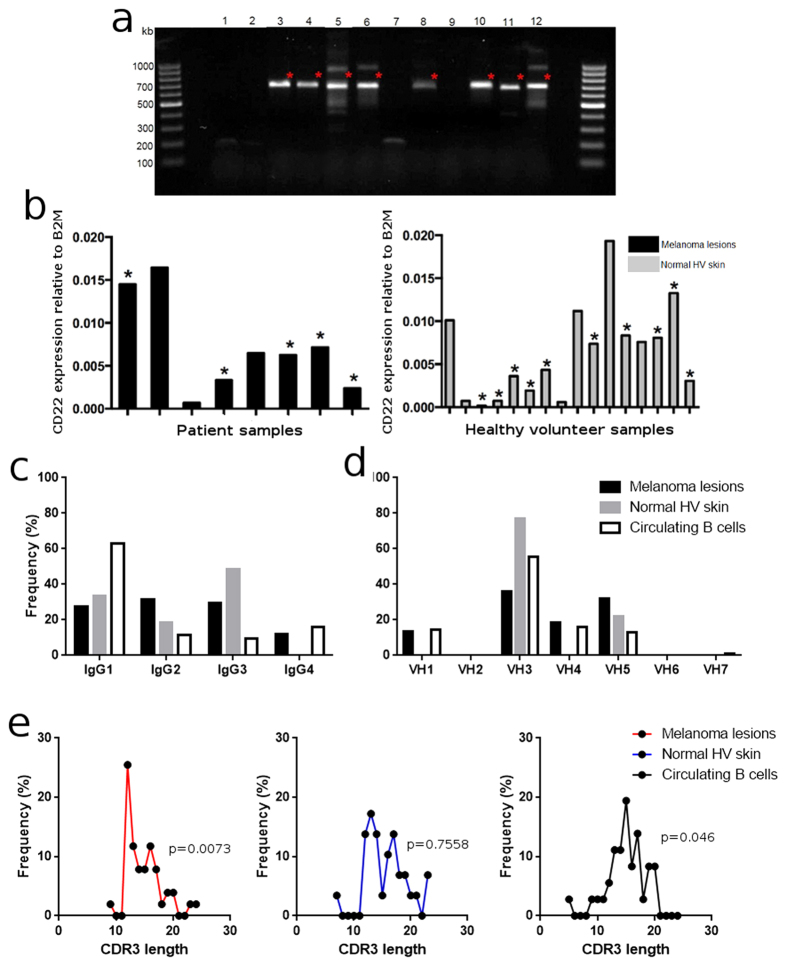Figure 3. IgGVH, CD22, AID in human skin, IgG subclass and hypervariable region analyses support unique cutaneous IgG subclass and CDR3 length profiles.
(a) IgGVH regions were amplified and mature IgG mRNA (red stars) detected. (b) In these samples, CD22 mRNA was detectable (qPCR) in melanoma lesion (black) and normal skin (grey) samples (black asterisks indicate samples expressing AID mRNA). (c,d) IgG subclass and VH family usage represented as the frequency from the total number of sequences (n = 51 cutaneous melanoma, n = 29 normal skin, n = 38 circulating B cell sequences, human BLAST) reveal specific cutaneous versus circulating IgG subclass profiles. (e) CDR3 hypervariable region analyses from melanoma lesions (n = 51, red), normal skins (n = 29, blue), melanoma patient circulating B cells (n = 38, black) (IMGT/V-quest database) suggest differential CDR3 length distribution in melanoma.

